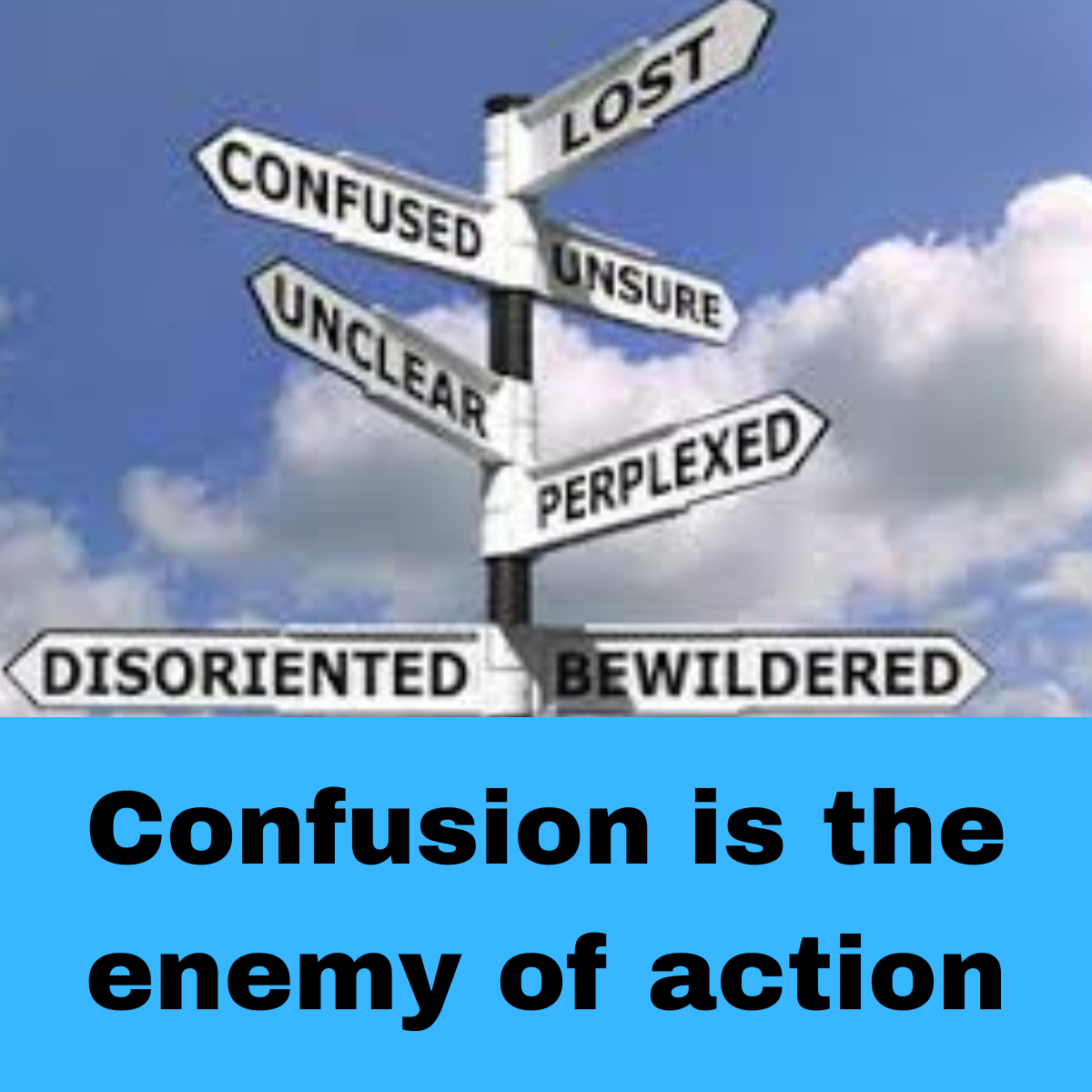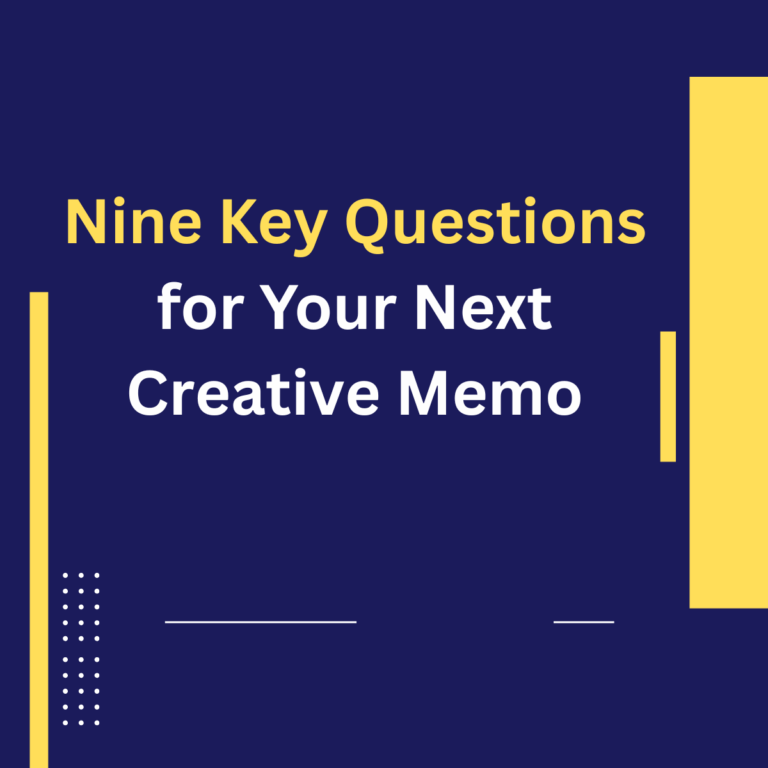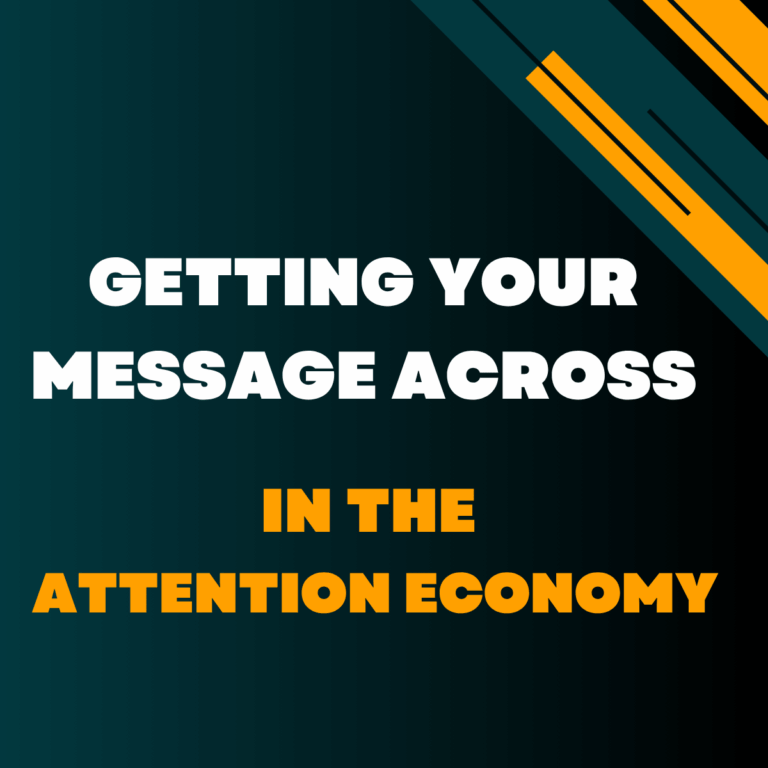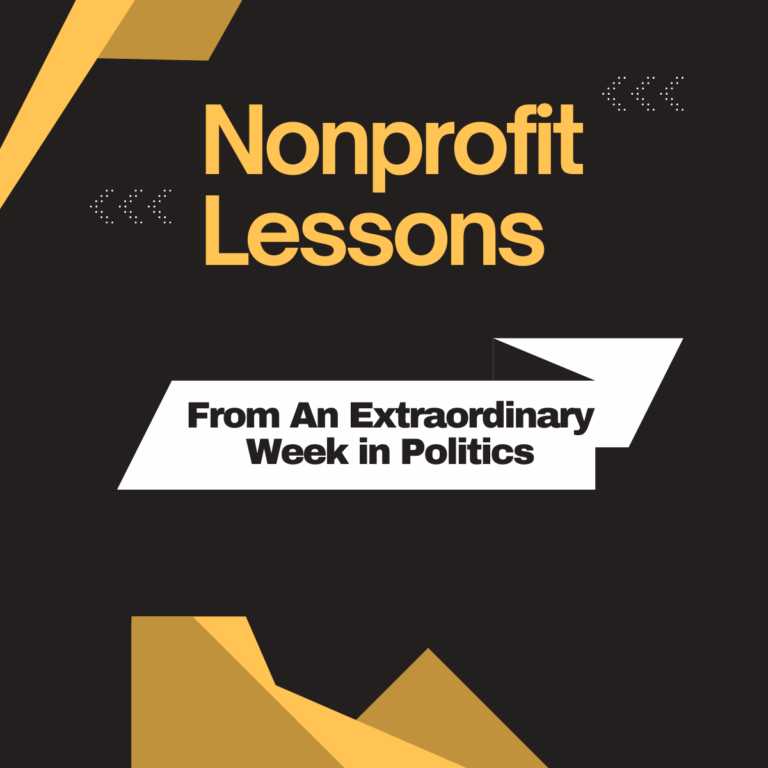Hershell Gordon Lewis, the filmmaker/copywriting coach I featured in a post a few weeks ago, offered up a lot of rules and guidelines. They were always stated with absolute conviction. Here’s one of my favorites:
THE CLARITY COMMANDMENT: When choosing words and phrases, clarity is paramount. Let no other component of the message mix interfere with it.
My personal take on the same issue leans into the consequences that flow from a lack of clarity: Confusion is the enemy of action. Crystal clear messages aren’t just easier to read. They’re easier to connect with and, most important of all, easier to act on.
But too often our nonprofit messages violate Lewis’ Clarity Commandment. We mumble when we should be loud and clear. We break our momentum by including extraneous information. We speak in generalities when specifics are called for.
Avoiding Non-Profit Speak
One of the most common causes of confusion is when we fall into nonprofit-speak. A couple of great communicators have recently drawn attention to the issue.
On Linkedin Johan Karlsson used humor to make a serious point. He offered satirical examples of how major brands might be described if NGOs wrote their ads. Here are a couple of my favorites:

His post apparently hit a nerve with nearly 500 reposts and over 2,500 likes. A short time later, using Karlsson’s examples as a jumping off point, Jessica Teal from Teal Media, the highly regarded creative agency, weighed in. She posted an article titled “Why Jargon Happens (and what you can do about it.)”
(NOTE: Links to both Karlsson’s and Teal’s posts are in the PS below.)
With the wisdom of someone who has helped guide many nonprofits away from “jargonitis,” Teal breaks down why we fall into it and how to avoid that happening. I won’t recap her whole argument. You need to read the piece. But, to give you a flavor, here are a few gems:
“(T)o build awareness and drive support for your mission across the widest reach of potential supporters, the story of your organization must be easy-to-understand and memorable.”
“Remember: Jargon is armor—it protects the speaker more than it informs the listener.”
“Remember: Jargon is the result of not setting priorities—when you try to be everything to everyone, you end up not being effective for anyone.”
“The only way to tackle jargonitis head-on is to have heart-to-heart conversations within your organization. As with many things, recognizing the problem exists is the first step. Then, it’s accepting—as you can probably deduce by now—that that jargonitis is usually symptomatic of deeper organizational issues.”
But Clarity Alone Won’t Do The Job
Here’s the thing. Even if your message is crystal clear, it can still come across as soulless and transactional unless the clarity is accompanied by emotion. Clarity is a necessary first step. It can open the door to connection. But emotion is what breathes life into the clarity.
These days, a lot of our messages are leaning into negative emotions (anger, fear, frustration). But we shouldn’t ignore the power of positive emotions.
Often the most powerful combination in persuasive messaging is warmth and clarity.
It’s a pairing that draws people in, energizes them and moves them to action.

#1. Eliminate your “huh?” moments.
If your reader has to pause to figure out your meaning, you’re already in trouble.
Unclear: “Climate change has multiple impacts but, in some circumstances, community interventions centered on water access can be valuable inputs.”
Clear: “Together, we can help local partners in Tanzania build irrigation systems strengthening 25 communities’ ability to withstand the impact of climate change.”
#2. Remember specifics always beat generalities.
Specifics generate emotion, generalities don’t.
Specifics lead to action, generalities don’t.
Unclear: “Our disaster response team is currently conducting needs assessments and planning the most effective response to the hurricane’s impact.”
Clear: “As a crucial first step, our teams are building new shelters so families devastated by the hurricane have a safe place to sleep tonight.”
#3. Most of all, make your ask specific.
Never make your reader guess what you want them to do.
Unclear: “With your support, our organization can continue making a difference in communities all across America.
Clear: “Please give $35 today to send a week’s worth of meals to a hungry child.”
#4. Don’t substitute clever for clear.
Clever draws attention to your writing. Clear draws attention to your message.
Unclear: “Healing the world, one heart at a time.”
Clear: “Help patients in crisis get lifesaving heart surgery.”
#5. Give your most powerful argument prime position.
Always take your best shot early.
Unclear: “In a moment, I will tell you more about an exciting new wing we are about to build. But first a little background.”
Clear: “With your help, a new wing of our shelter will give more dogs like Sadie a safe place to stay as they await their forever home.”
#6. Avoid jargon and abstraction.
Jargon drains emotion. Abstraction makes your reader work too hard.
Unclear: “We facilitate sustainable capacity-building initiatives.”
Clear: “We help farmers grow more food so their families thrive.”
#7. Use active voice.
Active sentences are direct and confident.
Passive ones disguise the actor and drain emotion.
Unclear: “Meals are distributed to families by volunteers.”
Clear: “Volunteers deliver meals to hungry families.”

If you found this advice on achieving clarity helpful, I hope you’ll share the memo with others in your network. When you do, you will also be sharing the great resources I referenced earlier. See the links below:
Here is a link to Johan Karlsson’s piece, “What if NGOs wrote your ads”:
https://www.linkedin.com/posts/johan-karlsson-01822b5_what-if-activity-7374739753788686336-W3bx/
And to Jessica Teal’s “Why Jargon Happens (and what you can do about it)”:









